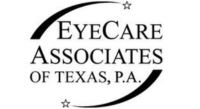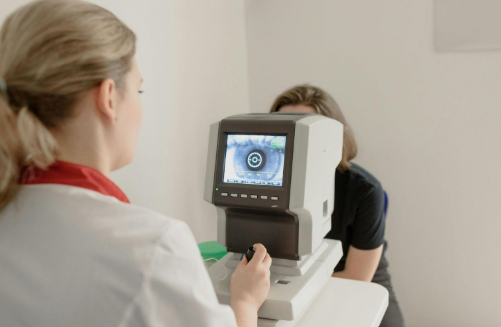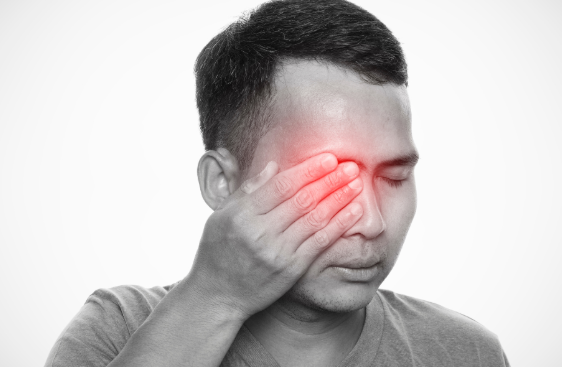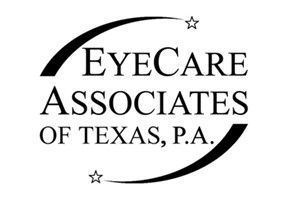Article
Sports and Eye Safety: How to Prevent Eye Injuries This Summer
Sports and Eye Safety: How to Prevent Eye Injuries This Summer
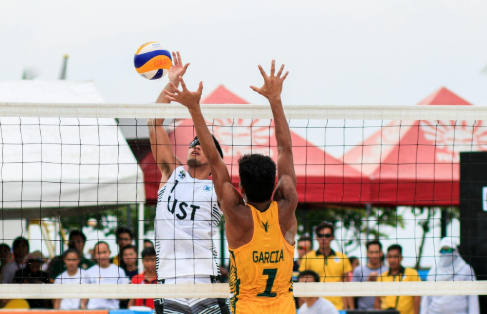
Warm weather brings more time outdoors. From swimming to cycling and tennis to baseball, summer offers plenty of ways to stay active. But with more time spent playing sports, there’s also a greater risk of getting hurt, especially when it comes to your eyes.
Here’s how eye injuries happen in sports, which activities pose the highest risk, and how to protect your vision while staying active. It’s important to act early and take steps to avoid long-term damage.
How Sports Can Hurt the Eyes
Eye injuries during sports often occur because of direct impact. A fast-moving ball, flying object, or even an accidental elbow can cause sudden trauma to the eye. These hits can lead to serious problems like scratches on the cornea, broken bones around the eye socket, or even vision loss.
In some cases, the injuries are caused by sharp objects or fingers poking the eye. Contact sports increase the risk, but even non-contact sports like golf or badminton can cause damage if players aren’t careful.
Not all injuries are from objects hitting the eye. Some come from harmful UV rays, especially in sports played outside during the day. Without proper eyewear, repeated sun exposure can lead to long-term damage.
Identify the Sports That Pose Higher Risks
Certain sports carry a higher risk of eye injuries than others. These include:
- Basketball: Fingers, elbows, and contact with other players are the top causes of eye injuries in basketball.
- Baseball and Softball: A ball thrown or hit at high speed can cause serious harm if it hits the eye.
- Racquet Sports (Tennis, Squash): A fast-moving ball or racquet can strike the eye if players are not paying attention.
- Soccer and Hockey: Eye injuries may occur due to body contact, falls, or flying objects like pucks or cleats.
- Swimming: Chemicals in the water or infections from unclean pools can irritate or harm the eyes.
Wearing
protective gear reduces the risk. However, many players skip it, thinking it’s uncomfortable or not needed. That choice can lead to preventable injuries.
Know the Types of Eye Injuries in Sports
Eye injuries come in different forms, each with its own level of risk. Some are mild and heal quickly. Others need urgent medical help. Common sports-related eye injuries include:
Corneal Abrasions
This happens when something scratches the clear front part of the eye. It causes pain, redness, and sensitivity to light.
Blunt Trauma
This injury is the result of a direct hit to the eye. It can lead to bruising, bleeding, or fractures around the eye socket.
Foreign Bodies in the Eye
Dust, sand, or small particles can enter the eye during outdoor sports. They can scratch the surface or cause infection if not removed properly.
Penetrating Injuries
These are serious injuries where a sharp object enters the eye. They often lead to vision loss and require surgery.
UV Damage
Extended exposure to sunlight, especially around water or snow, can burn the surface of the eye. This condition is known as photokeratitis.
Understanding these risks helps athletes and parents act faster when an injury happens.
Choose the Right Protective Eyewear
One of the best ways to protect the eyes during sports is by wearing protective eyewear that fits the sport and the player. Regular glasses or sunglasses don’t offer enough protection. Instead, athletes should wear eyewear made of polycarbonate lenses. These are strong, lightweight, and shatter-resistant.
For contact sports, goggles with padding and secure straps help keep the eyes safe without affecting performance. In outdoor sports, sunglasses with UV protection guard against harmful rays. Prescription sports goggles are available for players who wear corrective lenses. This means athletes don’t need to choose between clear vision and safety.
Take Preventive Steps Before You Play
In addition to wearing the right gear, players should follow safety steps before joining any sports activity. This includes:
Get a Vision Check-Up
Players should visit an eye doctor before starting a new sport. This helps spot vision problems that might affect their performance and safety.
Warm Up and Stay Alert
Quick movements can catch players off guard. Warming up improves focus and reduces the chance of accidental contact. Staying aware of surroundings also helps avoid hits from balls or equipment.
Keep Hands Clean
In sports where players touch their face or eyes often, clean hands reduce the risk of spreading infection or bacteria.
Protect Eyes from Sun and Water
Wearing UV-blocking sunglasses helps in outdoor sports. For swimming, goggles protect against chemicals and bacteria in the water.
These simple steps can greatly reduce the chance of injury without limiting a player’s activity.
Know How to Respond to an Eye Injury
Quick action after an eye injury can make a big difference. If an injury occurs:
- Don’t Rub the Eye: Rubbing can make the damage worse, especially if there’s a scratch or foreign object.
- Use Cold Compresses for Swelling: Applying a clean, cold cloth to the injured area can help with swelling. Do not apply pressure directly to the eye.
- Avoid Rinsing with Tap Water for Serious Injuries: Clean water might seem safe, but it can carry bacteria. For minor issues like dust, using a saline solution is a better option.
- Visit a Doctor Right Away: Even if the injury looks small, it’s best to see an eye doctor. Some eye injuries don’t show symptoms at first but may lead to long-term problems later.
Timely care improves recovery and lowers the risk of permanent vision damage.
Protect Children in Summer Sports
Children often spend more time playing sports during the summer. They may not always know when something is unsafe or how to respond to an injury. That’s why parents and coaches play a key role in their safety.
Make sure children use sport-appropriate eye protection. Teach them not to share goggles or face gear to reduce infection. Talk to them about the signs of an eye injury—like blurry vision, pain, or redness—so they know when to ask for help.
Regular eye checks before and during sports season help spot changes in vision that might lead to accidents.
Encourage Safety Without Limiting Fun
Eye protection doesn't mean giving up the sports you enjoy. It simply means playing smart. When athletes take a few steps to protect their eyes, they lower their risk of long-term injury. This is true for both casual players and professionals.
Coaches, parents, and sports groups should talk about eye safety more often. Awareness makes a difference. Training sessions and safety drills can include short reminders on the importance of eyewear and a fast response to injuries.
Final Thoughts
Eye safety in sports often gets less attention than broken bones or muscle injuries. But eye damage can have long-term effects that change a person’s life. The good news is that most of these injuries are preventable with the right gear and habits.
As you or your family enjoy sports this summer, take a few extra steps to protect your eyes. Clear vision is part of better performance and lasting health.
Don’t wait for an injury to take your sight. Schedule a comprehensive eye exam with
Eyecare Associates of Texas, P.A., today. Whether you're an athlete, a parent, or a coach, our experienced team is here to help you stay active while keeping your eyes safe. Call us or
book your appointment online to get started. Your vision deserves expert care.
